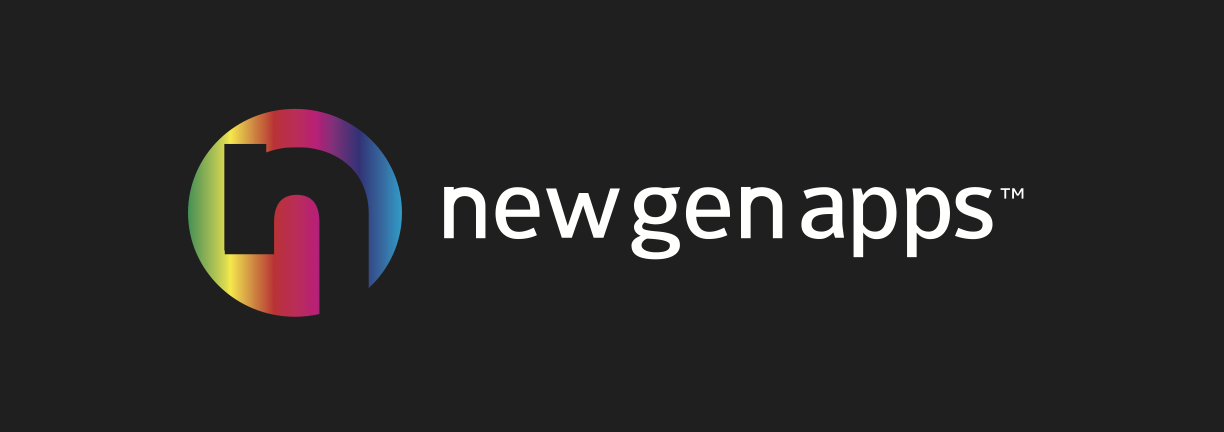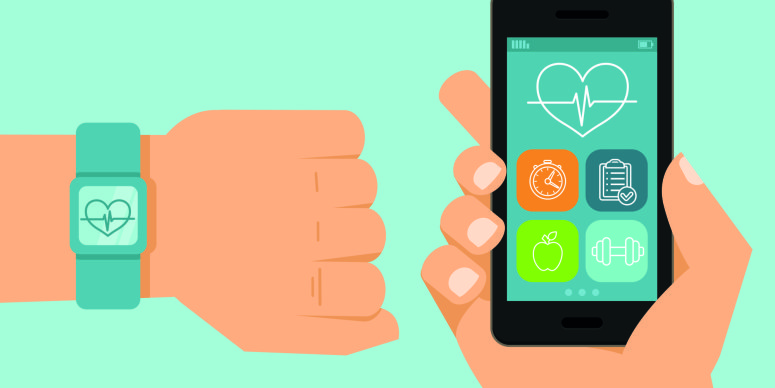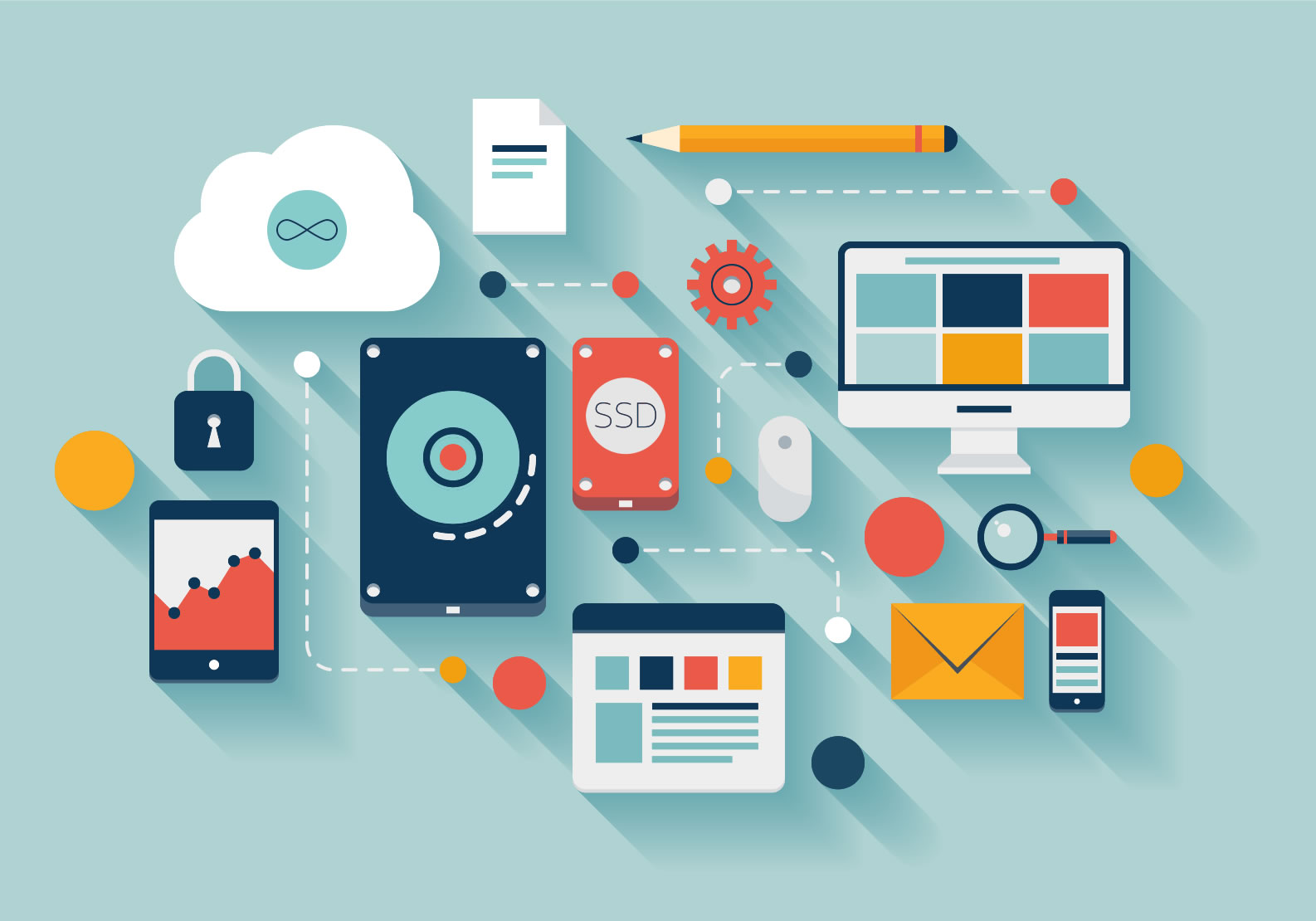
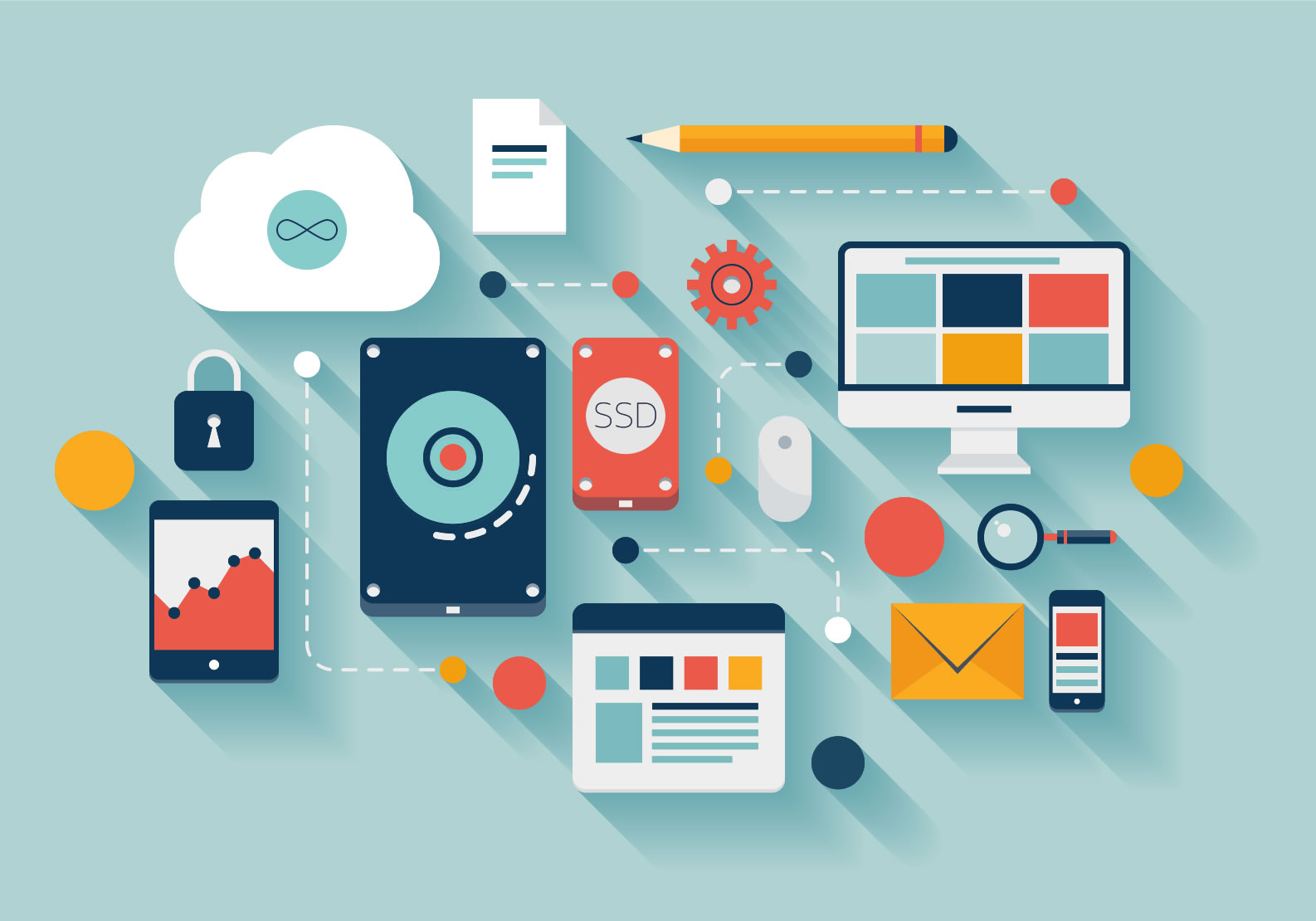
IoT opens the door to new business markets and allows companies to benefit from the new revenue streams, which are created by innovative business models and technology. IoT-driven developments are creating strong business cases, raising market time and increasing returns on investment.
The Internet of Things (IoT) emerges as the next major revolution in technology. A place where the computers interact intelligently with each other. It can be anything from smartphones, smart TVs, smartwatches and smart homes. With the ability to change, almost everything IoT has enormously an impact on the company. In the digital age in which things are rapidly changing, businesses are also running at a pace to get first place. In the current scenario, the impact of the Internet of Things on business is immense.
Along with IoT, M2M is also there. M2M means Machine to Machine. It describes the interaction of billions of devices and machines connected to each other and the internet. These physical objects integrate computing capabilities that allow them to capture and share data about the world around them, creating an intelligent network of things or systems. All around us is M2M technology. It is in our homes, in the way we are shopping, exercising and entertaining.
M2M is currently one of the fastest-growing types of connected device technologies on the market, largely because M2M technologies can connect millions of devices over a single network. The range of connected devices encompasses everything from selling machines to medical devices to vehicles to buildings.
Importance of M2M
M2M technology is round about us. It is in the way we shop, exercise and entertain ourselves in our homes, on the commute to work. Here are just a few examples of M2M, or IoT technology you might encounter every day:
1. Manufacturing
Each manufacturing environment— whether its food processing or general manufacturing of products — relies on automation to ensure that prices are properly managed and processes are carried out efficiently. Automating manufacturing processes is expected to improve processes even more within such a fast-paced environment.
M2M applications enable business owners to be notified when a large piece of equipment needs to be serviced on their smartphones so that they can address issues as soon as they occur. Sophisticated networks with Internet connected sensors could even automatically order replacement parts.
2. Home appliances
IoT already affects connectivity to home appliances via platforms such as Nest. However, the expectation is that M2M will take home-based IoT to the next level. Manufacturers such as LG and Samsung are already increasingly launching smart home devices that help guarantee residents a higher quality of life.
An M2M-capable washing machine could send alerts to the owner’s smart devices once the washing or drying is complete, and a smart refrigerator could automatically order Amazon's groceries once its inventory is depleted. There are many more examples of home automation that can significantly improve the quality of life for people, including systems that allow household members to monitor themselves remotely.
3. Smart utility products
Smart watches, fitbits and other ' wearables ' make widespread use of M2M technology to send data on your smartphone's physical activity, heart rate and other important metrics, as well as to receive text, push notifications and other communications about your daily activities.
In fact, these devices are primarily a gateway between a wrist-mounted sensor and the computing power of your phone, and while generally using low-bandwidth, short-range technologies to communicate, they still show just how important M2M technologies have become.
Difference between IoT and M2M
Because of enterprise integration, the potential for higher-order benefits, and the ability to accommodate more and a wider range of devices, the IoT market bears much greater potential than traditional M2M. Both M2M and IoT customers are aiming to reduce unplanned downtime, and both types of solutions offer potential for improved service management. IoT provides the ability to analyze these problems at both network and computer or application stages, and to implement analytics and manage big data to change incremental benefits.
While there is not much difference between the two, they can be distinguished on different levels on the basic level nonetheless. M2M is all about computers, tablets and apps, while IoT is more about stuff like sensors and other physical systems based on the internet.
M2M is focusing more on maintenance. M2M is hardware-based whereas IoT is software-based. With the faster development and thorough research on both the approaches, the next trend of the century will quickly be a future with larger opportunities and vast facilities.
1. Remote connection
M2M establishes the standards of system networking on which IoT has gone in, IoT evolves and is almost founded on. IoT is the broader networking dream that is powered by M2M kit upgrades.
IoT is a generation of mass marketplaces that applies to both clients and companies. Consumer IoT connects people to their computers, and provides for far-reaching monitoring of the products themselves. Then again, Company IoT does things directly by enabling the monitoring and control of inventory.
2. Dependence on technology
There is no such reliance on the M2M connectivity. The technology is based entirely on hardware. Devices do not even need an Internet connection to talk.
An active connection is required to access the Internet of Things. Additionally, though IoT depends on hardware (think of environmental sensors or wearable), it includes a data collection and aggregation platform. It is safe to say IoT is both hardware-and software-based.
3. Scalability
Another feature that shows the difference between machine-to-machine communication and the Internet of Things is Scalability.
There is a limited number of connectivity solutions for machine-to-machine contact. To communicate it needs to be compatible with devices. Therefore, communicating with M2M is not feasible for two computers of different tech specs. This is why equipment is commonly used for projects on a small scale, such as servicing. Keeping large-scale networking in mind, the Internet of Things is built. So long as a creator has an information management solution, it does not matter the amount or the design of the apps. There is no hardware-based limit on convergence.
4. Interactions
M2M relates to contact and interaction with computers and devices This interaction may take place via a cloud computing network e.g. devices exchanging information through cloud infrastructure IoT has a wider scope than M2M, as it involves a wider range of interactions, including connections with devices / objects, things and people, items with apps and people.
It also allows for the design of workflows that include all the above connections
It is important to understand that IoT and M2M are not technology, which is synonymous. While both enable device-to-device communication, data collection, and storage, and neither requires human oversight, they vary in terms of the means to achieve connectivity, and the goals for which companies are using it. In many places, the words M2M and IoT have become interchangeable but it is important to ensure that you identify a solution that suits your actual and anticipated needs.
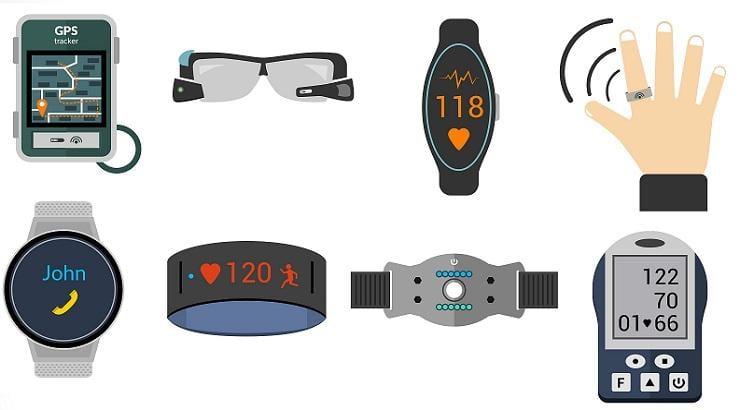
Influence of IoT on wearable technology
How convenient things have become! Ever imagined how a single watch can count your daily steps calories burned how do they manage these. All this is...
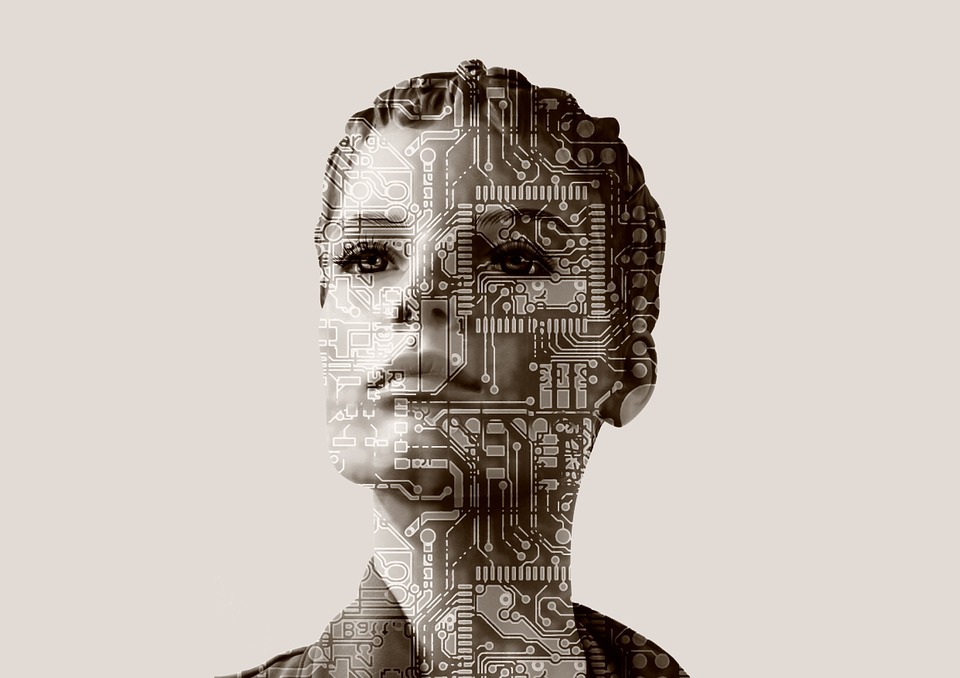
4 Groundbreaking & Proven Benefits of Artificial Intelligence
It is a well-known fact that Artificial Intelligence has that capability to produce extensive benefits in different sectors. It is nothing but the...
